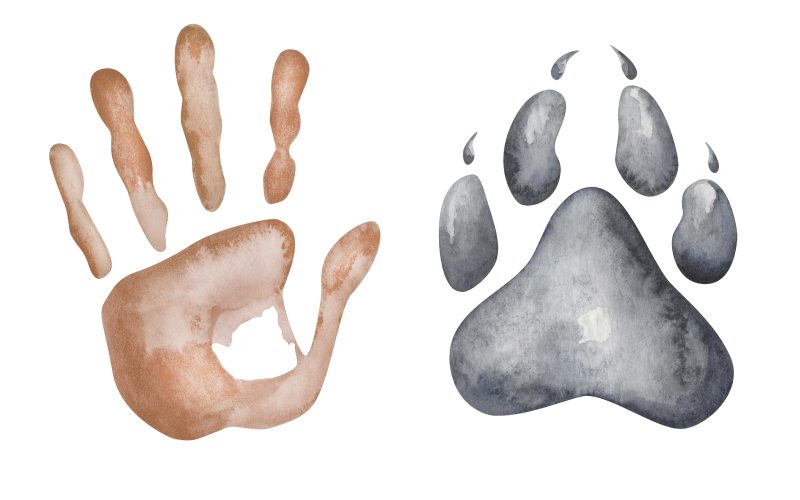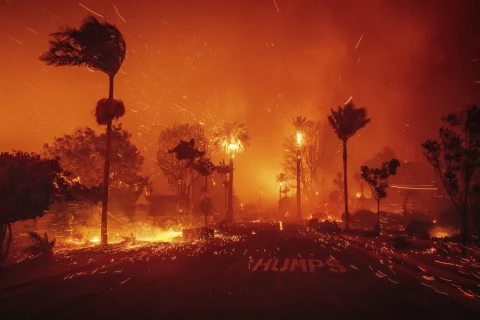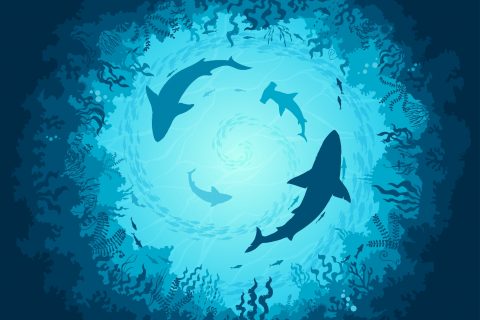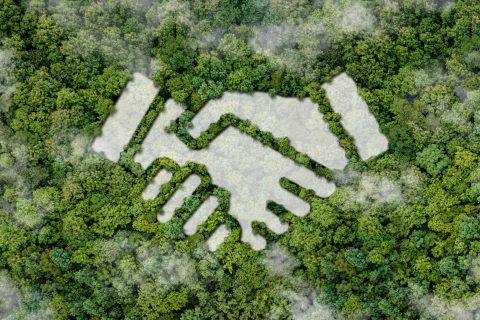Stories of deadly predators abound, but often those animals fear humans much more than we must fear them. Adam Hart is professor of science communication at the University of Gloucestershire. He joins host Krys Boyd to discuss the realities of people who live among predators and why the line between conservation and eradication is a difficult tightrope to walk. His book is “The Deadly Balance: Predators and People in a Crowded World.”
This episode originally aired October 16th, 2023.
For some, it’s difficult to avoid confrontation with predators
By Shaunessy Renker, Think Intern
More and more endangered species are in need our protection. But what do we do if that same species can endanger us humans? Being mindful of wildlife is important, but we must also recognize that coexistence between people and predator species has and always will require compromise. Solutions for this coexistence must also be in the best interest of preserving local human populations. In a world that’s becoming increasingly crowded, humans are just as deserving of conservation as animals are.
Most animals do not see us as prey. The negative interactions that people experience with wildlife happen because the animal was most likely acting out of defense.
“Most animal attacks on humans are not actually predatory, but are instead defensive,” says Adam Hart [The Deadly Balance]. “When given a choice, most animals would prefer to avoid confrontation with humans.”
But it’s becoming increasingly difficult to avoid confrontation with predators as our developments move into their territories. There are arts of the world where human habitats overlap with predator habitats and have for a long time.
In the years between 1990 and 2005, Tanzania was experiencing a period of rapid growth and developments expanded into wild lions’ traditional ranges. During this period, 563 residents were killed in lion attacks.
In Tanzania, locals live quite close to the edges of national parks, where some species native to the region are preserved. While the wild lion population is considered vulnerable worldwide, they have always been prevalent in Tanzania. They roam free outside of the national parks, but in areas where humans roam as well. Villages where people farm and grow their crops are often part of the lions’ territories.
“Inevitably, when you get large predators close to people you can end up with serious issues for both sides. This is the idea of the Deadly Balance,” explains Hart.
If humans feel threatened by another predator, it is quite natural and instinctual for them to try to eradicate the threat. But it is also instinctual for a roaming lion who suddenly sees something that appears as easier prey, to target them.
“3 out of 4 people in those areas are living in fear of being taken by a lion,” says Adam Hart. “Most people will know of someone who has been taken.”
Statistically, the chances that you will be taken by a lion are slim. But it happens often enough to incite fear in the locals there. They refuse to take any risks and it’s a high cost to live with every day.





